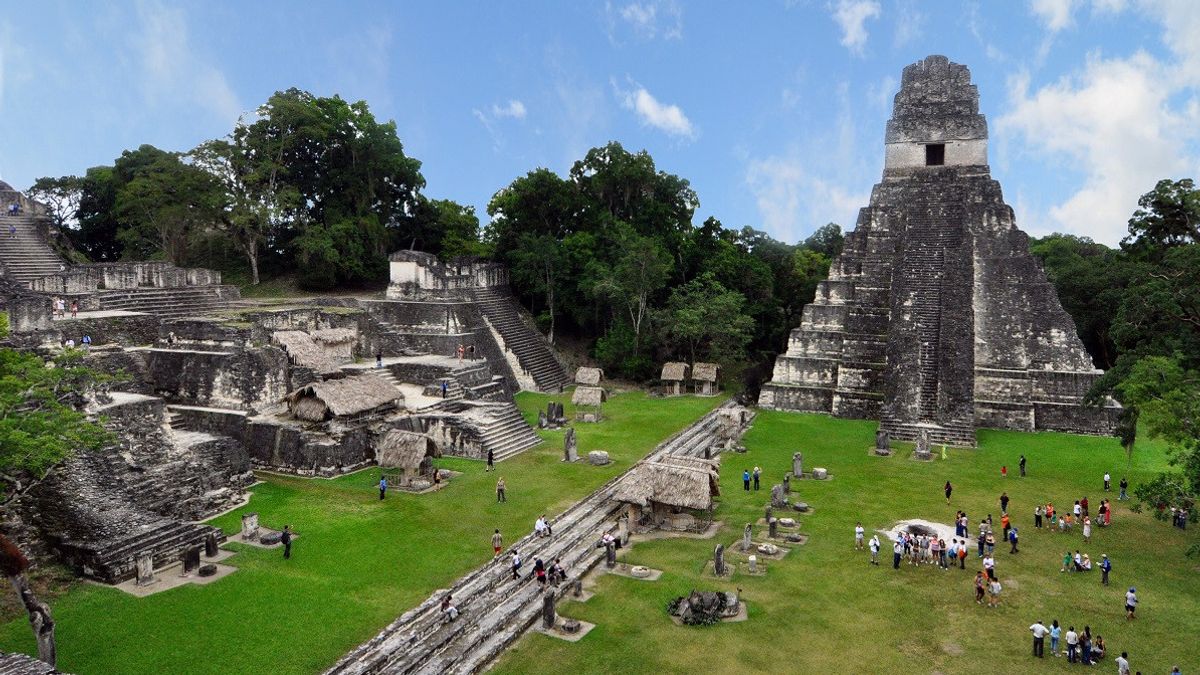JAKARTA - A new high-tech study has uncovered nearly 1,000 ancient Maya settlements, including 417 previously unknown sites linked to what may be the world's first highway network, hidden for thousands of years by dense forests in northern Guatemala and southern Mexico.
This is the latest discovery from an approximately 3,000-year-old Maya center and related infrastructure, according to a statement Monday from a team of Guatemalan FARES anthropological research foundations, which oversees so-called LiDAR studies.
This finding was first published last month in the journal 'Ancient Mesoisias.'
All newly identified structures were built centuries before the largest Maya cities emerged, ushering in great human achievements in mathematics and writing.
LiDAR technology uses aircraft to fire light waves into dense forests, allowing researchers to peel the vegetation and map out the ancient structures below.
Among the details revealed in recent analyses is the first "super highway" system in the ancient world, according to researchers.
About 110 miles (177 km) of the vast highway have been revealed so far, with some measuring about 130 feet (40 meters) wide and raised from the ground up to 16 feet (5 meters).
As part of the Cuenca Karstica Mirador-Calakmul study, which stretches from the Peten Forest in northern Guatemala to the southern Mexican state of Campeche, researchers also identified pyramid, soccer field plus significant water engineering, including reservoirs, dams and irrigation canals.
"This shows the economic, political and social complexity of what is happening simultaneously across this region," said lead researcher Richard Hansen.
The latest discoveries stem from the so-called mid- to late pre-classical Maya era, around 1,000-350 BC, with many settlements believed to be controlled by the metropolitan city now known as El Mirador.
It was more than five centuries before the classic peak of civilization, as dozens of major city centers thrive in Mexico and Central America today.
The English, Chinese, Japanese, Arabic, and French versions are automatically generated by the AI. So there may still be inaccuracies in translating, please always see Indonesian as our main language. (system supported by DigitalSiber.id)









